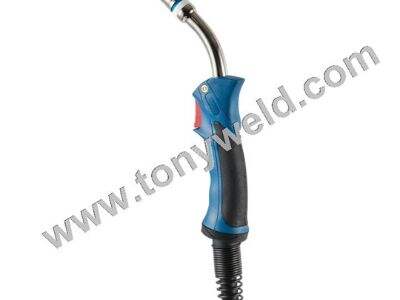The reason retains safe and good quality welding torch is good to know. Yes, an overheated welding torch may melt inside parts, burn some wire or even hurt the welder. By following some simple torch maintenance tips, cooling system checks, torch selection, and appropriate welding techniques, you can eliminate these issues.
Maintenance of Welding Torches
Welding torch care To take care of a welding torch, frequently check for signs of wear and damage, such as frayed wires or loose connections. The torch must also be clean and free from dirt that can cause it to overheat. Replacing things like tips and nozzles maintains torch safety.
Watching Cooling Systems
Training WELDERS to monitor their cooling systems for overheating. Cooling systems help regulate the torch's temperature and prevent overheating. Crosscheck the coolant level regularly and change it when necessary. If the torch begins to overheat during your work, pause and allow it to cool down before proceeding.
Choosing the Right Torch
Choosing the right torch for your job is critical to prevent overheating. Since various types of welding supply have specific torch types designed for them, you need to select the torch you need based on what you are doing. When selecting a torch, consider, for example, the type of material you are welding, the welding process you are using and how much power you need.
Using Safe Welding Techniques
Choosing the appropriate miller mig torch is essential to avoid overheating. Don’t run at too high of a power because that makes the torch too hot. Move at even speed and angle while welding to prevent excess heat from building up. Using the right technique for the job can also keep the torch safe.
In Conclusion
That's why we need to ensure proper care of miller torch, as it helps keep a welder safe while protecting the welding torch against damage caused due to excess heating. In the end, you can prevent a torch from burning out early, so long as you know how to make it overheat, follow care tips, check cooling systems, choose the right torch, and apply good welding techniques, among other things. Safety always comes first, and treating your tools with care is crucial to preventing breaks, repairs, and injuries.

 EN
EN







































